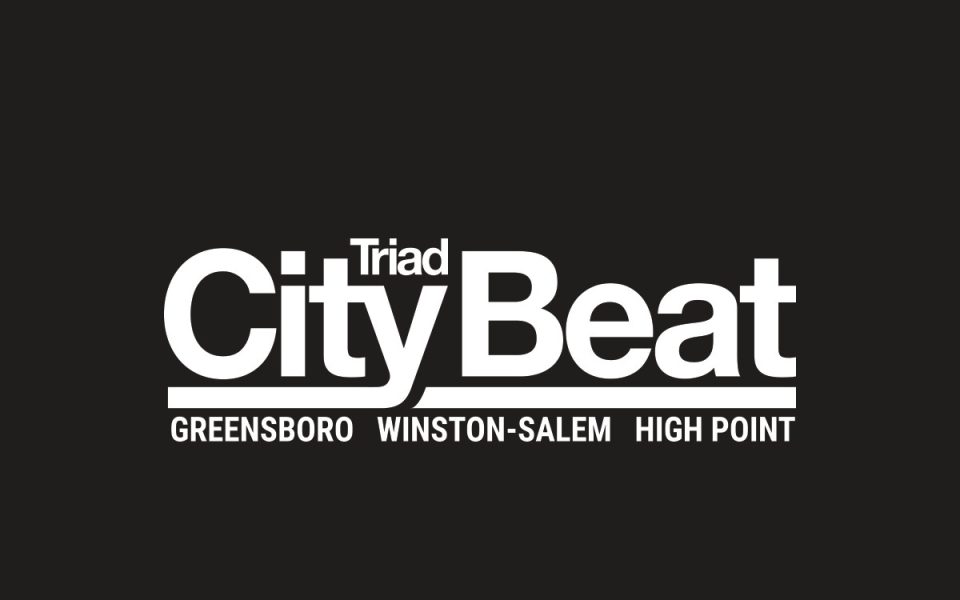I had heard about the hoi tiode dialect favored by natives of North Carolina’s Outer Banks before I ever listened the accent itself, sung to me by a ferryman I was interviewing on my first trip to Ocracoke.
“There’s lawts of bewts on the wadder these days,” he said, or some such thing.
The accent was vaguely British, almost Canadian, with a touch of Philadelphia in there. And that’s when I first realized that “hoi toide” meant “high tide.”
The Outer Banks brogue is one of the country’s most unique dialects, a fantastic example for Talkin’ Tar Heel, by Walt Wolfram and Jeffrey Reaser, that explains the origins and features of our speech patterns in North Carolina.
The hoi toide accent, which has roots in the colonial era, flourished because of the isolation of the region and insular nature its people.
Here in the Triad, according to Wolfram and Reaser — both English professors at NC State University — our speech patterns are a tad more complicated, though similarly rooted in our country’s early history.
They came down along the Great Wagon Road that brought settlers to the South from Philadelphia in the 1700s, terminating in Augusta, Ga. In North Carolina, the road cut through the western end of the Piedmont, near Stokes and Iredell counties, allowing great numbers of Scots-Irish and Germans to settle east of the mountains.
Vestigial remnants of these settlers still exist in our language. The a-prefix — “We’re going a-hunting” — and the use of present-tense “needs” with a past participle verb, as in “The car needs washed,” along with words like “vittles,” still roll off tongues in the Piedmont today.
When Wolfram moved to North Carolina in 1992, he said it was like “dying and going to dialect heaven.” Over the last 20 years, he and the staff at the NC Language and Life Project have conducted thousands of interviews from Manteo to Murphy, tracing speech patterns and vocabularial quirks of the natives.
There are country and city dialects, mountain and coastal speech patterns, a pantheon of African-American speech and even a Lumbee Indian dialect unique to North Carolina. A recent influx of Latino immigrants adds even more diversity to the palette.
A series of QR codes throughout the book allow the reader to listen to what these voices sound like, rather than reading them phonetically on the page. An index of phrases in the back is listed by origin.
For example, if you say something like “She ain’t but three years old,” you’re likely from the mountains. If you play “meehonkey” instead of hide and seek, you’re an Ocracoker.
Our speech here in the Triad may be the hardest to pin down due to the mix of city and country inflections. Here, the authors say, the phrase “white rice” is the bellwether.
It’s a little nerdy, but bear with me.
Most Southerners use the unglided I sound — think how true Southerners say words like “side” and “time” as “sahd” and “tahm.” That’s the unglided I. In the Piedmont, we employ a restricted ungilding. So instead of “waht rahs,” we in the Piedmont add a soft syllable: “waheet rahees.”
“If a person says waht rahs, he or she is either from the western mountains of the Coastal Plain but not from the Piedmont. In the Piedmont, ungliding can only take place before a voiced sound like d, b, v, z, m, n.”
The reason for this, the authors posit, is that unrestricted ungliding makes people sound like they’re from the country.
The book is full of fodder for linguaphiles, but perhaps the most fascinating is the overlap between the kudzu line and the propensity to call a writing instrument a “pin,” with a map illustrating the overlap.
“The factors… could not be more unrelated,” the authors write, “yet there is an impressive alignment that illustrates the range of physical, cultural, political and linguistic factors that have come to define the South.”
The study gets a bit wonky and grammarial at times, making it most appealing to those who genuinely love language, But proud Southerners, too, might take an interest in why they speak the way they do.
Join the First Amendment Society, a membership that goes directly to funding TCB‘s newsroom.
We believe that reporting can save the world.
The TCB First Amendment Society recognizes the vital role of a free, unfettered press with a bundling of local experiences designed to build community, and unique engagements with our newsroom that will help you understand, and shape, local journalism’s critical role in uplifting the people in our cities.
All revenue goes directly into the newsroom as reporters’ salaries and freelance commissions.






Leave a Reply